75% of employees say "teamwork and collaboration are crucial" to workplace success.

Whether the thought of working with others excites or drains you, you will have to face it every now and then. The common thread in working with others is almost always solving problems.
So, how can you effectively solve problems as a team?
Problem or no problem?
There will always be an opportunity to solve problems. And the way you solve problems can leave the team in a better or worse-off position.

Before diving into solution mode, it's important to remember that different problems are most effectively solved in different ways.
One approach in one context may very well backfire in another. Similarly, always approaching a problem the same way probably won't be useful, either.
There are two broad approaches to problem-solving:

Reactive
Are you fixing an issue that has recently come up?
Are you improving a previous solution?

Proactive
Are you suggesting a new standard or ideal state?
Are you creating something new?
Each approach will require the team to use relevant problem-solving techniques or tools.
Quiz
You're a business student. As part of an assignment, your group has to come up with a new business idea. What type of problem solving would this be?
Some problem solving methods

Proactive problem-solving (before issues happen)
Design Thinking: Imagine solutions for potential problems by putting yourself in the beneficiary’s shoes and testing your ideas early. For example, use this method when building a new website.
5 Whys: Keep asking "why" until you find the root cause of a problem, preventing future occurrences. For example, use this method for a school coding project.

Reactive problem-solving (after issues happen)
Fishbone Diagram: Draw a fishbone with potential causes branching out, like people, materials, or methods, to identify the root cause of the current problem. For example, use this method when trying to discover why customers are complaining about an issue.
6 Thinking Hats: Think about the problem from different angles by wearing different "hats", like being overly positive (yellow hat) or focusing on facts (white hat). For example, use this for a challenge about brainstorming new ideas to increase the number of customers in a business.
People. People? People!
People are different in their natures and have different skills.
Some people are great planners and may be good at proactive problem-solving. Others may enjoy thinking on their feet, and thus excel at reactive problem-solving.
These differences will affect how the team works together, and ultimately how effective the resulting solutions will be.
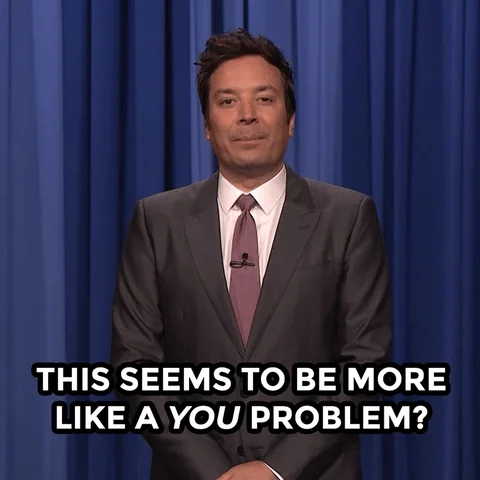
Consider these 3 important things before setting expectations for each team member:
1. Be accepting

It's vital to not only understand people but to also accept them for who they are. This creates an inclusive team environment and allows everyone to focus on the business of the day: problem-solving.
2. Identify skill sets
 Although you may not have a choice in who is a part of the team, it’s still important that everyone is aware of the skill sets in the room.
Although you may not have a choice in who is a part of the team, it’s still important that everyone is aware of the skill sets in the room.
This not only allows each person to use their talents but also creates an opportunity for people to volunteer for tasks that will allow them to learn new skills.
3. Create team unity

The phrase “the more, the merrier” isn't always, well…merry. Certain team sizes may become too large and no longer be productive. Try doing the following:
Separate tasks into different work streams or allow a set number of people to work on a problem. Then rotate the groups.
Have zero tolerance for disruptive behavior. This should be a shared responsibility amongst all teammates.
Create an environment where teammates can say no without anyone taking offense. Just ensure that some teammates don't have a significantly larger workload than others.
Great expectations
Setting up expectations for each team member upfront can be the difference between a problem-solving process that begins and one that doesn’t.

Effectively working together (not just problem-solving) requires 4 secret ingredients that have stood the test of time.
1. Rules
Set up some ground rules. These can be specific to interactions.
For example:
Not interrupting others when they're speaking
Only discussing ideas on a platform that all team members can access
No communication after 5:00 PM on weeknights
2. Communication channels
Decide what platform will be used for communication and collaboration. Ensure that all team members have access and understand how to use the platform.
Remember that some platforms may have a steep learning curve for some teammates, e.g. popular whiteboards like Miro or Project Management software.
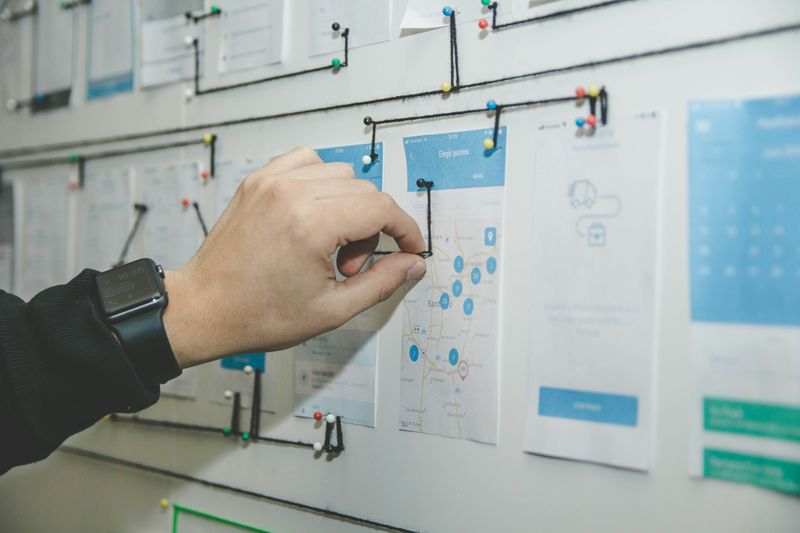 Photo by Alvaro Reyes on Unsplash
Photo by Alvaro Reyes on Unsplash3. Accountability
Elect a leader/coordinator who will be responsible for ensuring that team members deliver on their delegated tasks.
Depending on the size of the team, make a habit of rotating the leader for each problem-solving opportunity or task.
Remember, leaders aren't automatically the most senior people in a team.
4. Touchpoints
Decide how often you'll meet well in advance. Ensure that these times work for all members.
Ensure that the meetings are spaced out in a way that allows team members to deliver on their commitments and have some independent thinking time.
Remember that multiple and long meetings do not necessarily mean being productive.
Quiz
Why is it important to elect a leader when problem solving as a team?
The TEAM problem-solving toolkit

Consider this toolkit to use the next time you find yourself in a team solving a problem:
T: Technique
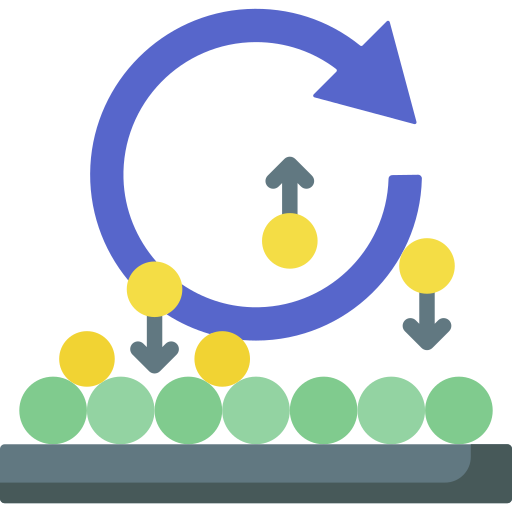
After analyzing the problem, decide on the best technique(s) to solve it. Make sure that each team member is familiar with the selected technique.
E: Encourage

Encourage the quieter individuals to contribute in the most comfortable way for them. Great ideas are often overlooked when dominant individuals are left to run wild.
Also, encourage team members to take up tasks instead of waiting for them to be delegated.
A: Action
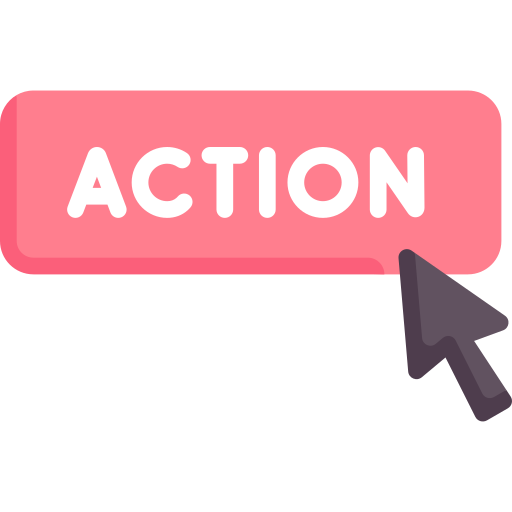 Say what you'll do and do what you've said. This should be a saying on repeat in each team member’s mind. Avoid extensively discussing solutions.
Say what you'll do and do what you've said. This should be a saying on repeat in each team member’s mind. Avoid extensively discussing solutions.
Effective solutions are often a result of understanding that problem-solving processes is an iterative process. Do more, talk less.
M: Measure

“Effectiveness” is more than an opinion. Contribution is beyond perception. They both need to be backed up by evidence such as numbers or results.
Actively:
Look for evidence of whether or not the solution was effective
Objectively recognize and give credit to teammates’ contributions
Don’t forget to celebrate key milestones for solutions and individuals, especially for solutions being implemented on a longer timeline.
Take Action
Problem-solving as a team member can be a rewarding experience that increases your collaboration and critical skills. Ultimately, it leads to changes that can improve your assignment scores, the company your work for, or even the world.
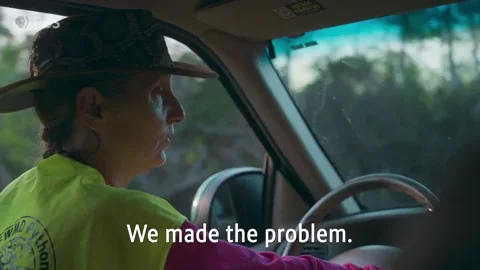
When confronted with a team task, ask yourself:
Check out these additional resources:
4 problem-solving strategies to get around obstacles at work
35 problem-solving techniques and methods for solving complex problems
Your feedback matters to us.
This Byte helped me better understand the topic.
